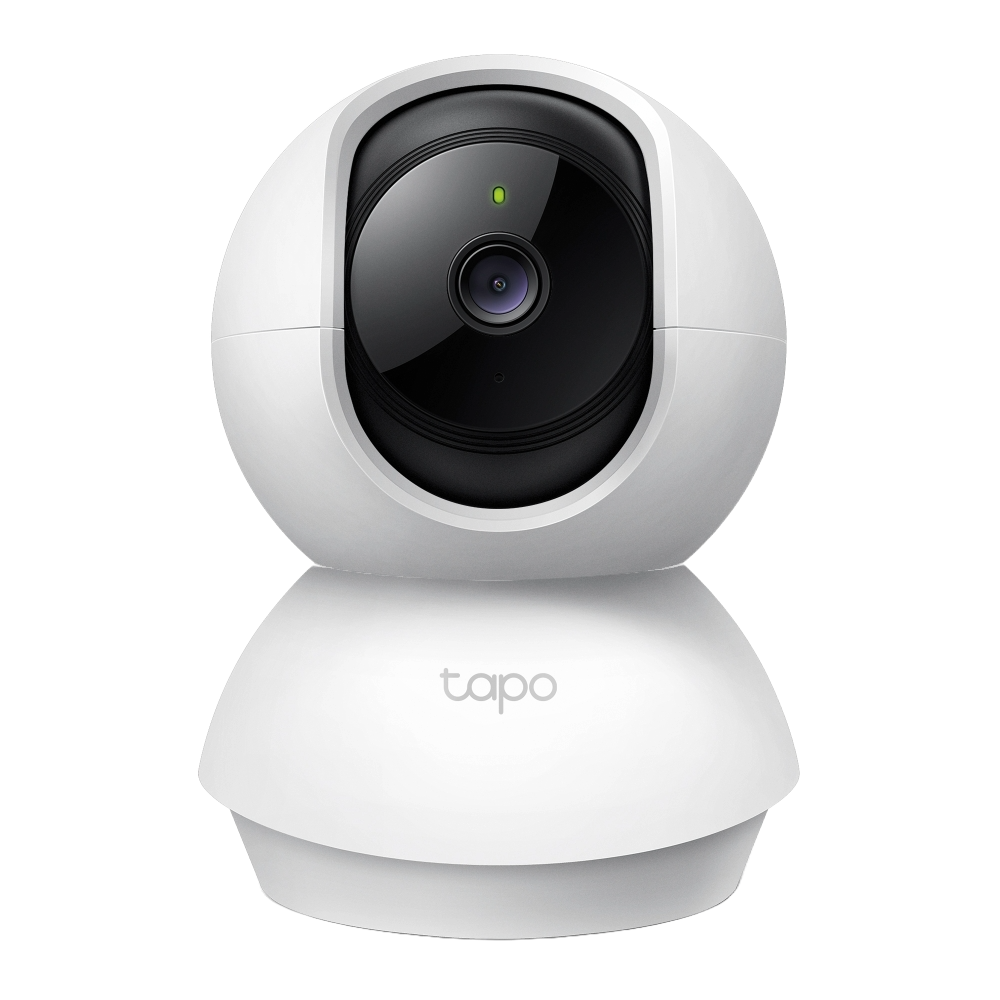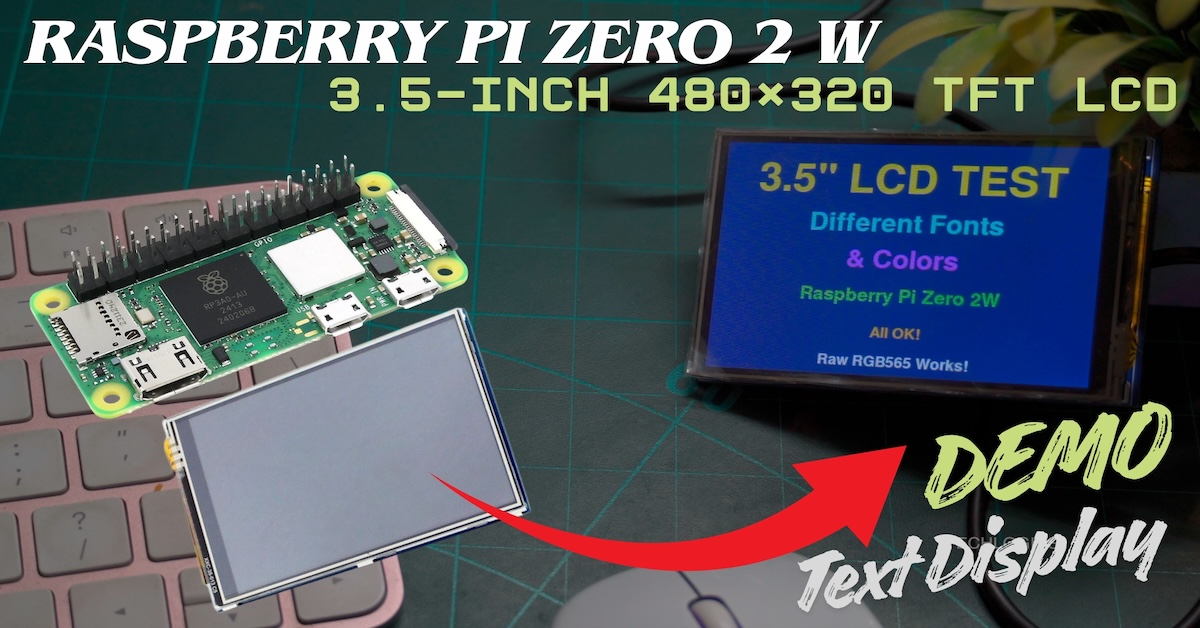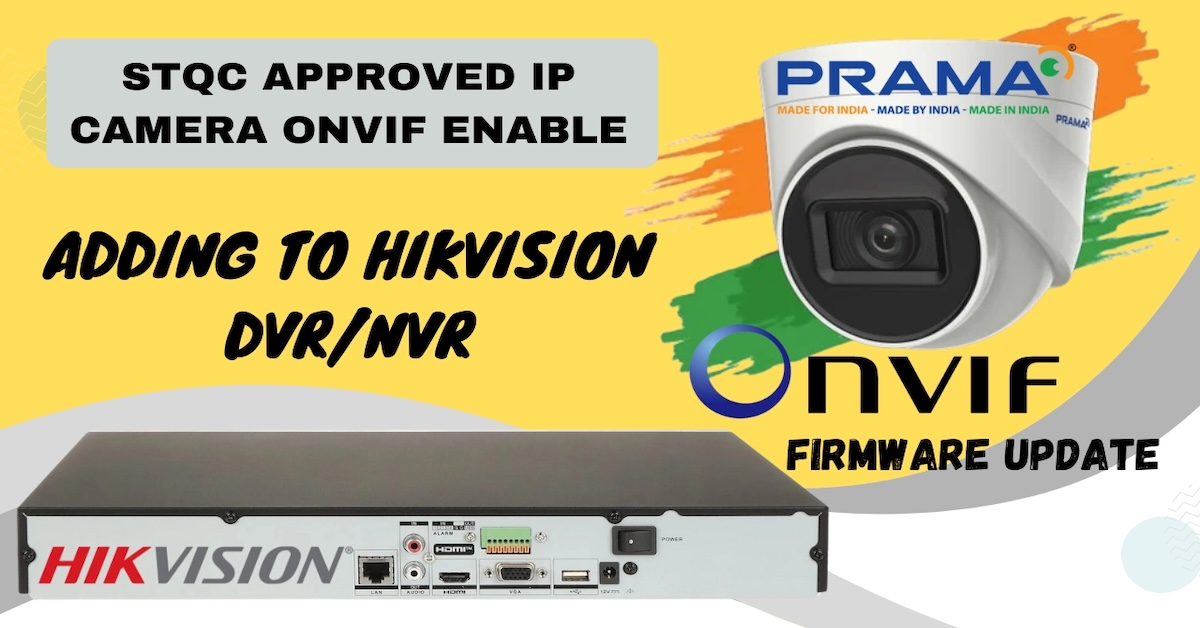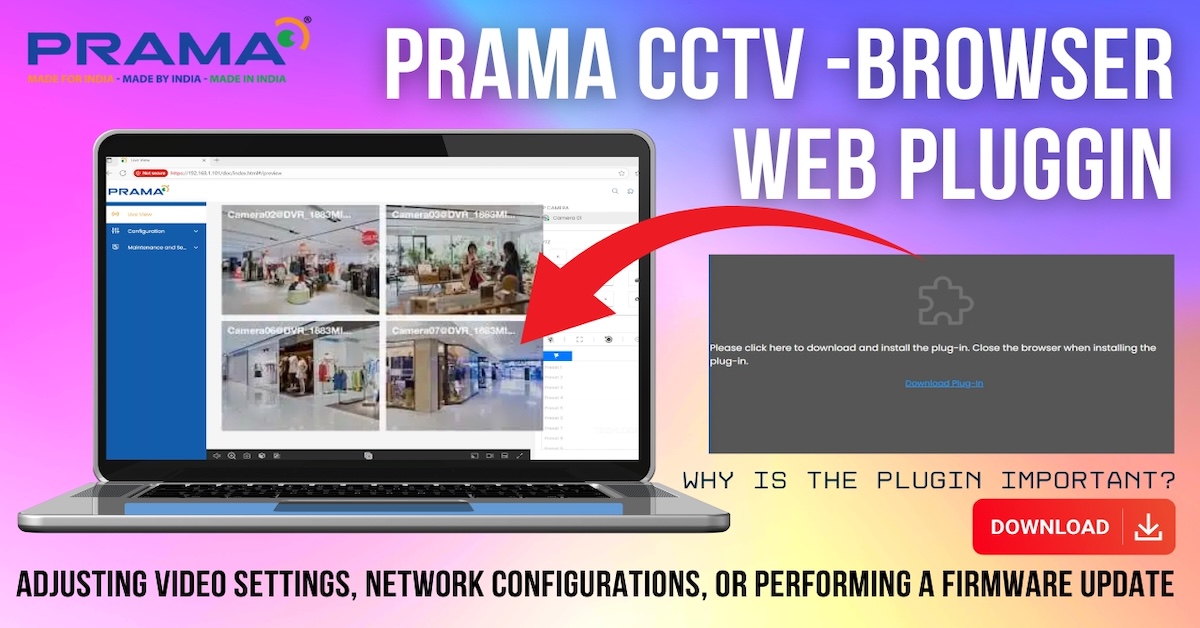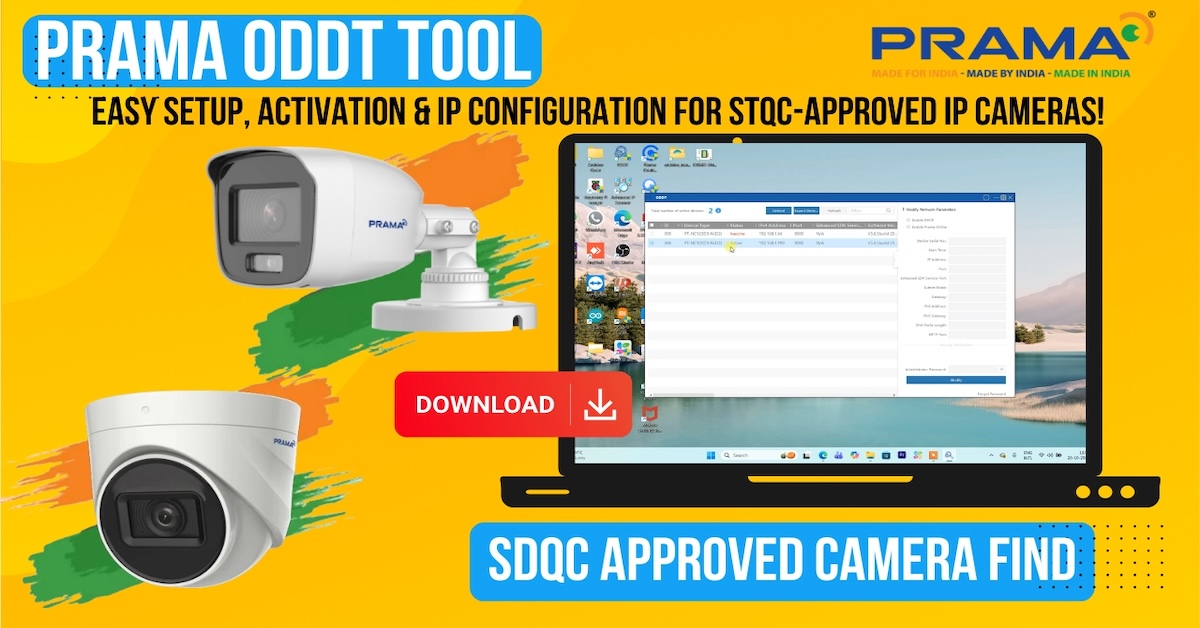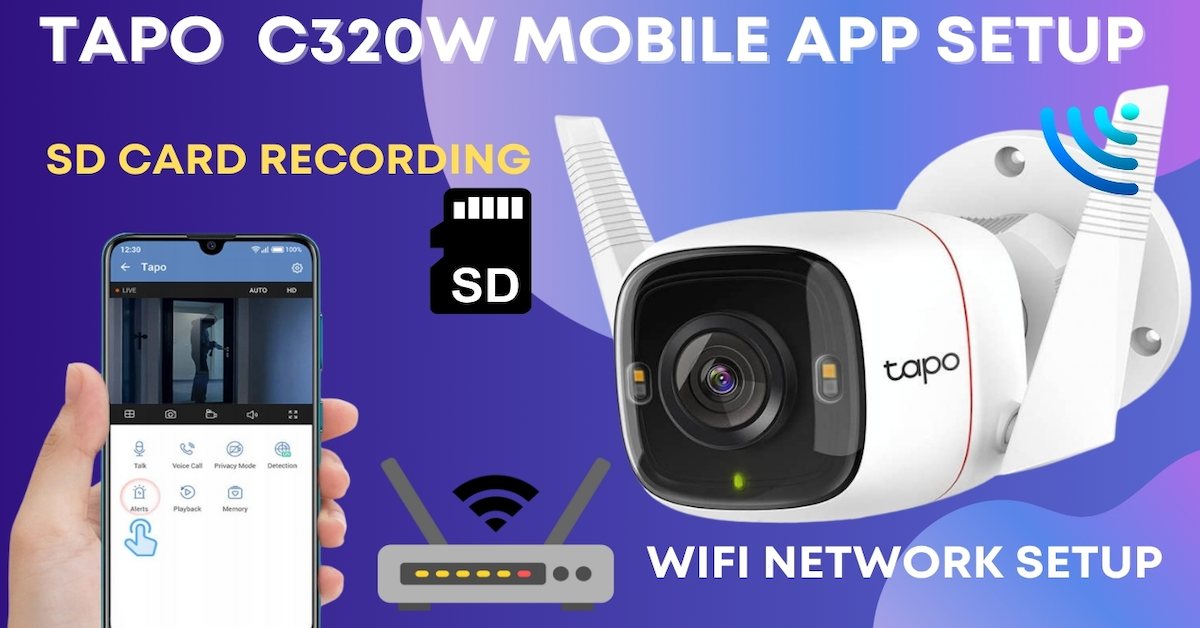Adding an Ezviz H9c dual-lens camera to your TP-Link VIGI NVR can enhance your security system by providing dual-lens functionality. This guide will walk you through the process step by step, ensuring a seamless integration.
Step 1: Power Up the Ezviz H9c Camera
Begin by powering on the Ezviz H9c camera. Connect it to a power source and ensure it’s functioning properly.
Step 2: Connect to the Same Network
Ensure both the Ezviz H9c camera and the TP-Link VIGI NVR are connected to the same local network. You can connect them via Ethernet cable or Wi-Fi.
Step 3: Access the NVR Menu
Using a monitor or TV connected to the NVR, right-click on the screen to access the NVR menu. Navigate to the ‘Add Camera’ option to begin the process of adding your H9c camera.
Step 4: Log in with Admin Account
Log in to the NVR with your admin account credentials to gain access to configuration settings.
Step 5: Add the Camera Manually
On the ‘Add Camera’ page, select the ‘Add Manually’ option. It’s recommended to choose the ‘RTSP’ protocol over ‘ONVIF,’ as the latter has been known to cause connection issues with the H9c camera.
Step 6: Enter the Camera’s IP Address
Input the IP address of the H9c camera in the ‘IP Address’ field. If you need assistance setting a fixed IP address for your camera, refer to our detailed video linked in the description.


Step 7: Configure RTSP Streaming Paths
Click on “Manage RTSP” and enter the Ezviz RTSP streaming paths. The H9c camera has two RTSP paths, one for each lens:
- First Lens Main Stream:
/streaming/channels/101/ - First Lens Sub Stream:
/streaming/channels/102/
Select the appropriate protocol (e.g., ‘RTSP Protocol 1’ for the first lens) and enter the streaming paths accordingly. Be sure to check the ‘Enable Sub Stream’ option.




Step 8: Authenticate the Camera
Enter the username (admin) and the camera’s unique verification code as the password. The verification code is found on the camera’s body near the serial number or within the Ezviz app under “Device Information.”


Step 9: Save and Add the Camera
Click the ‘Save’ button to apply the settings, then select the configured protocol and click “Add.” This will finalize the addition of the camera’s first lens to the NVR.
Step 10: Repeat for the Second Lens
To add the second lens, repeat the steps above, using ‘RTSP Protocol 2’ and the appropriate streaming paths.
- Second Lens Main Stream:
/streaming/channels/201/ - Second Lens Sub Stream:
/streaming/channels/202/


Step 11: Verify Connection
Check the ‘Device Added’ page to ensure that both lenses are connected. The ‘Connection Status’ indicators should show ‘Connected.’

Step 12: Customize Recording Settings
You can now view the live feed from both lenses on the main screen. Customize your recording settings to choose between continuous recording or motion detection.
Additional Notes
- Pan and Tilt Functions: Note that pan and tilt are not supported through this method.
- RTSP vs. ONVIF: While we recommend RTSP for a stable connection, you may attempt using ONVIF if you prefer.
- Camera Compatibility: This method can also be used to add other RTSP-supported cameras to the TP-Link VIGI NVR.
Conclusion
By following these steps, you can successfully integrate the Ezviz H9c dual-lens camera with your TP-Link VIGI NVR, enhancing your home or business security system. If you found this guide helpful, please support us by liking, sharing, or s
